FORT CARSON, Colo.---The Evans Army Community Hospital's Emergency Department recently relocated operations to a newly constructed area inside the hospital and construction on the ED administration area should be complete in August.
The construction was the result of a Base Realignment and Closure-funded hospital alteration project. The improved and enlarged department supports the increased Fort Carson population and the realignment of inpatient care from the Air Force Academy clinic.
The new area features 18 beds with one trauma room to care for two patients, an isolation room for those with respiratory issues, and an expanded FASTTRACK capability, up from four to six rooms, according to Capt. Trisha A. Bielski, the department's head nurse. FASTTRACK is urgent but "simple" care, where patients can be quickly seen, treated and released.
"Before, it was very cramped, there was no privacy for the patients with only curtains separating one bed from another," she said. "The triage area, where you first check in, has expanded to four rooms and our emergency room has also expanded; it's bigger, larger and brighter."
Work on the $27 million ED project began when Physical Therapy moved into a temporary building outside the hospital's west entrance in May 2009. The new ED treatment area opened in March and work continues on the department's administration area. This should be completed in August.
Besides additional treatment rooms, the new ED features central nurses' workstations that optimize staff flow and minimize travel distances to care for patients. The expanded and improved staff and administration area should improve staff efficiency and morale.
"We have a large staff: 18 providers, physicians assistants and doctors; 25 registered nurses; two licensed practical nurses; 20 medics; 20 paramedics/Emergency Medical Technicians; 20 medical support assistants, a little over 100 total who work in the ED," she said.
The large staff is necessary because the ED operates 24/7 and handles about 5,000 patients monthly. Bielski said the number of daily patients can fluctuate from 140 to 260 during peak flu season.
"Our beneficiary population has expanded from 130,000 to 160,000. We're seeing double the patients we saw last year and we're able to care for sicker patients," she said. "The new ED provides more room for the staff to work; it's a nice new area, people are adjusting and like their new area."

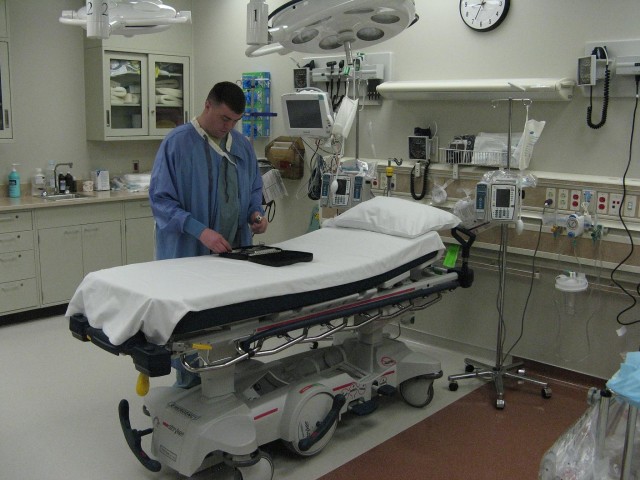
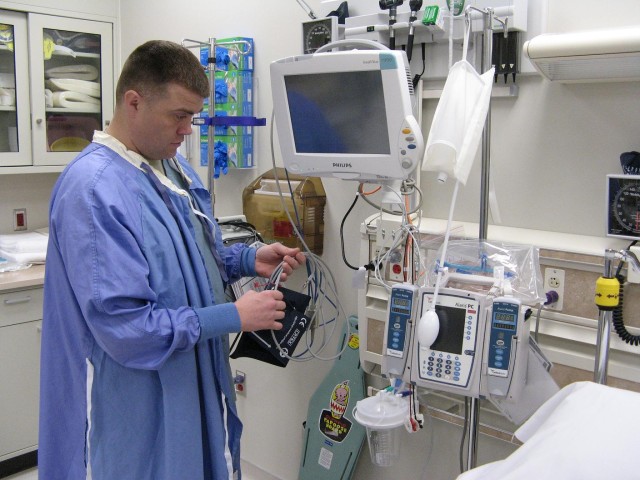
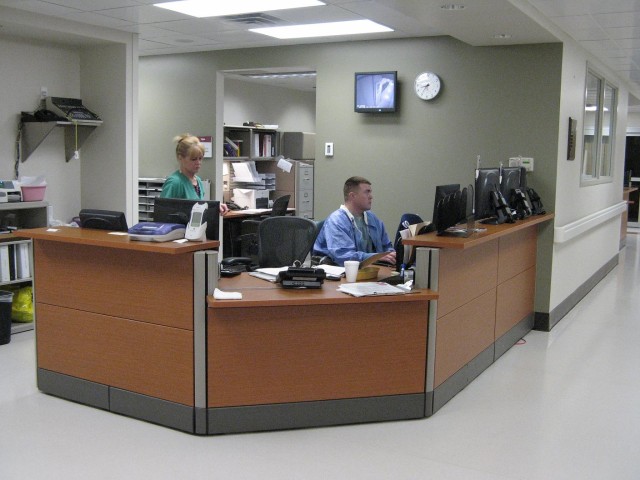
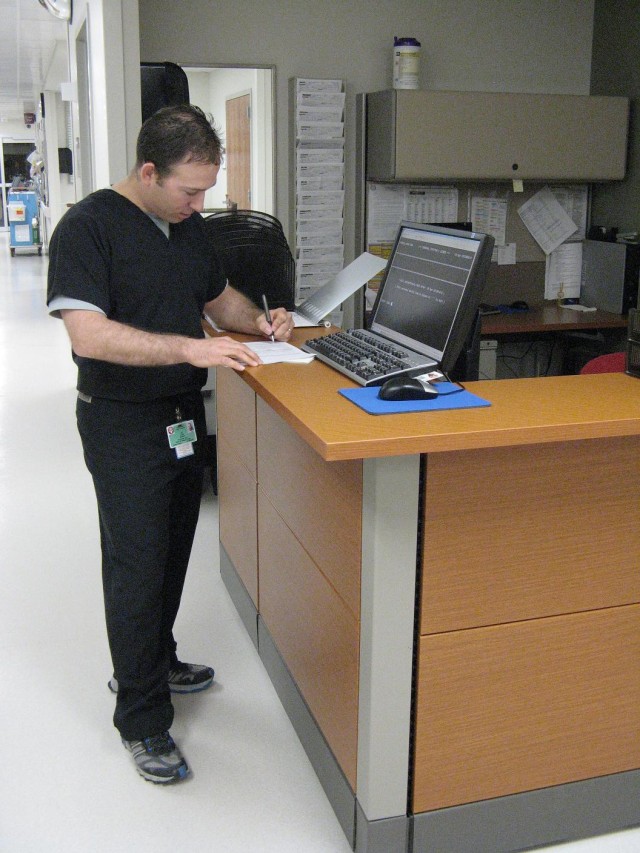
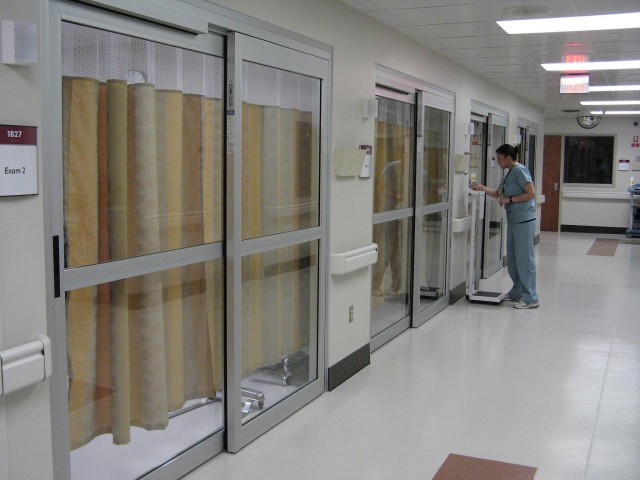

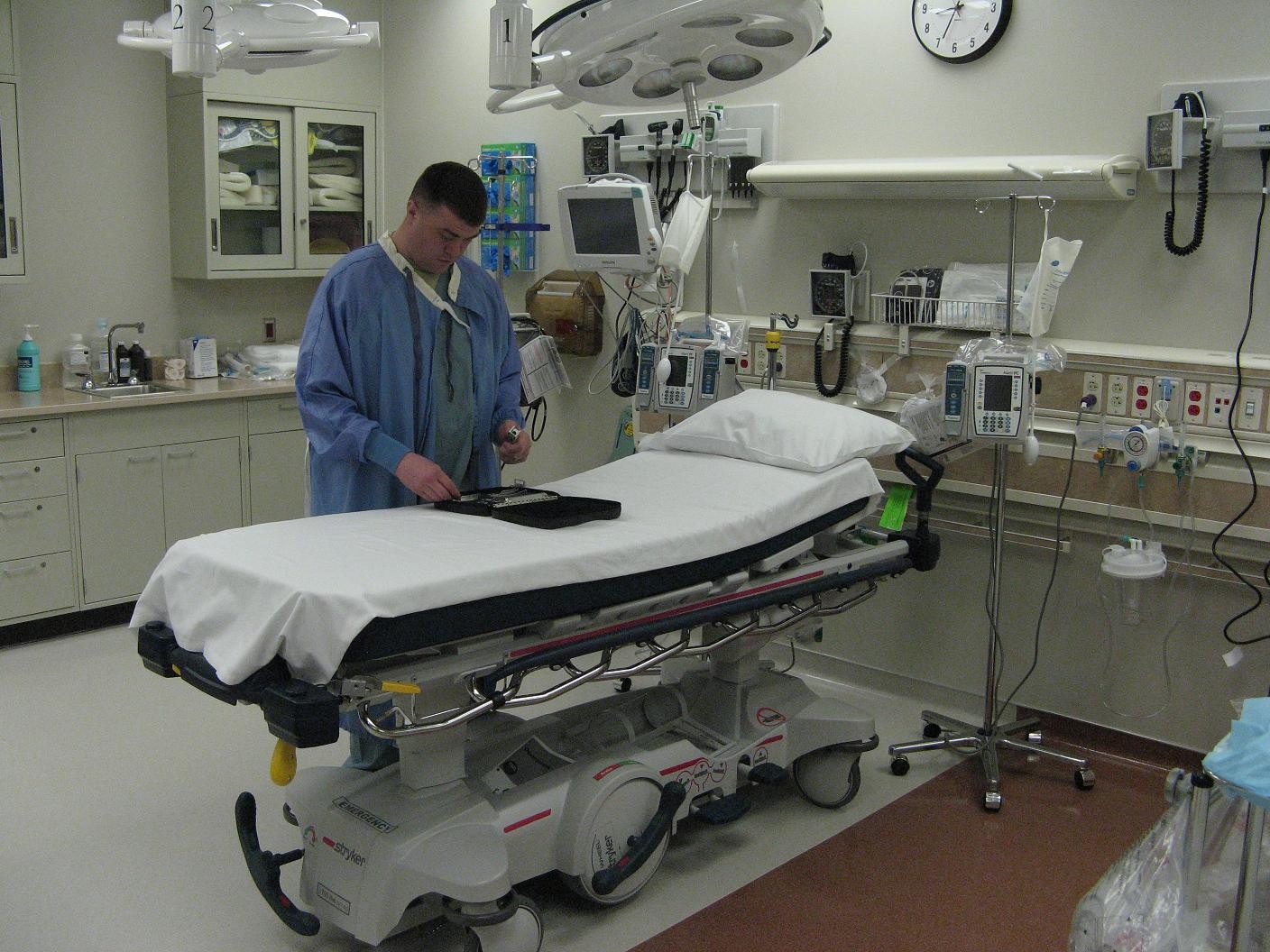
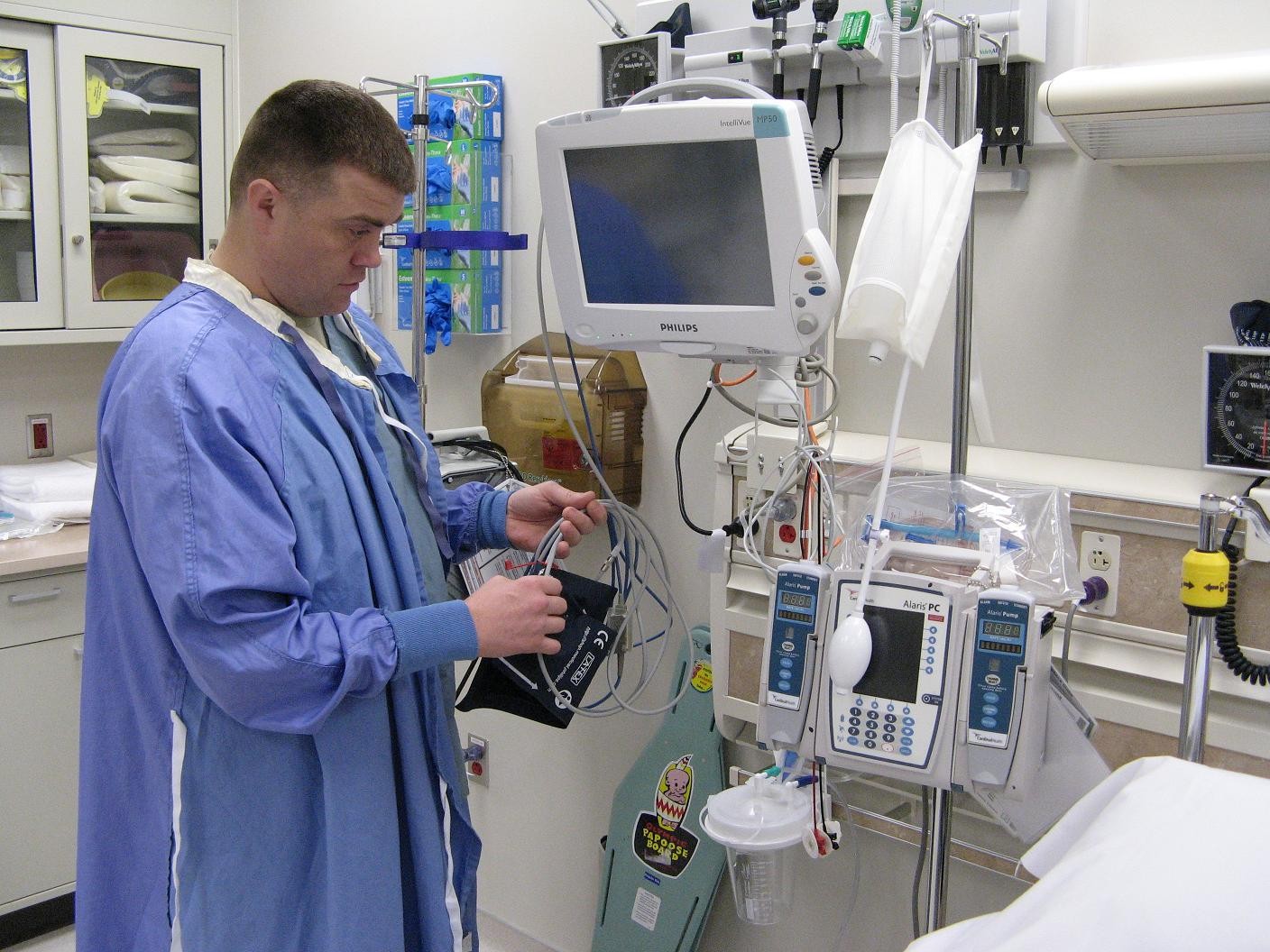
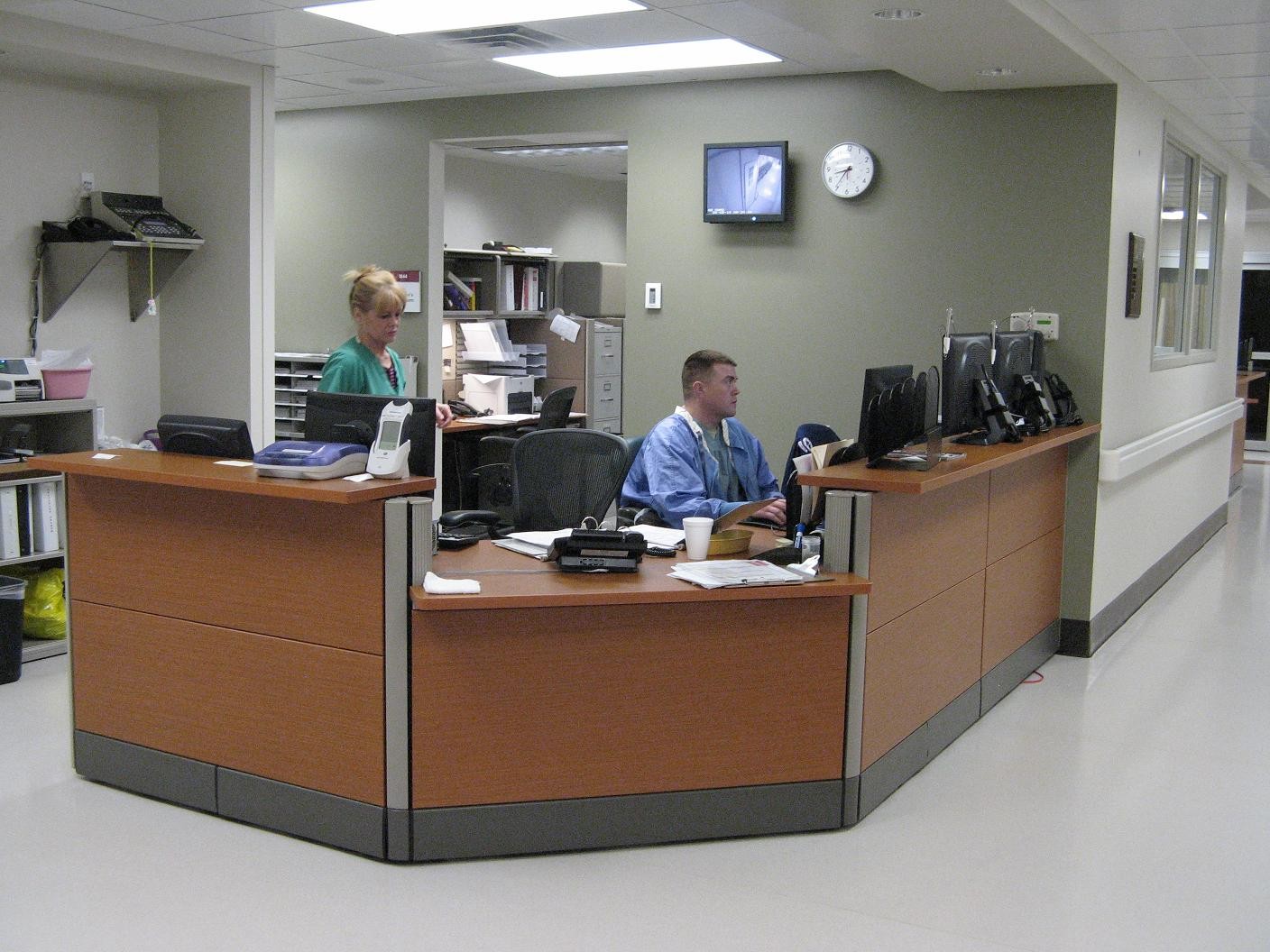
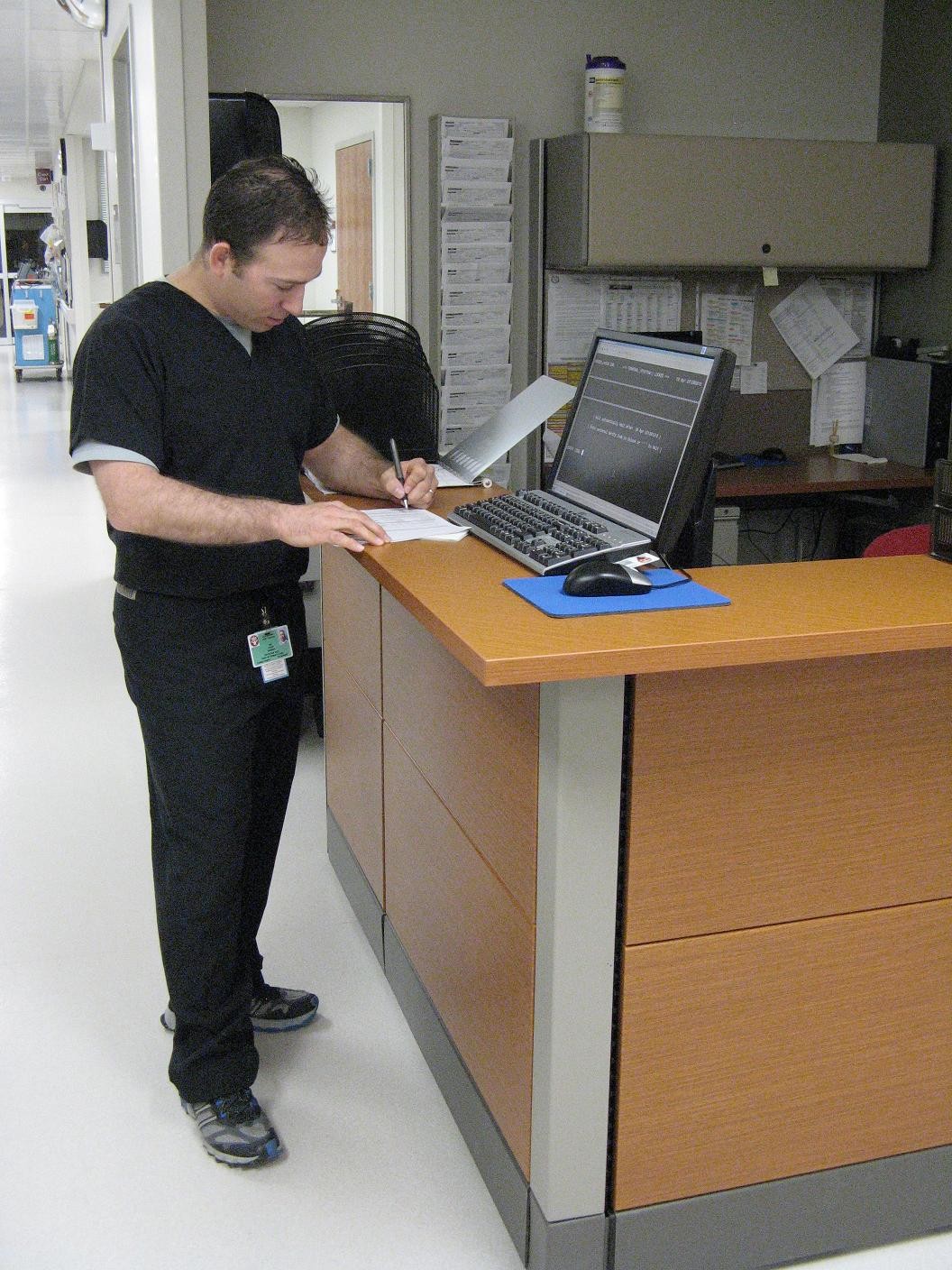
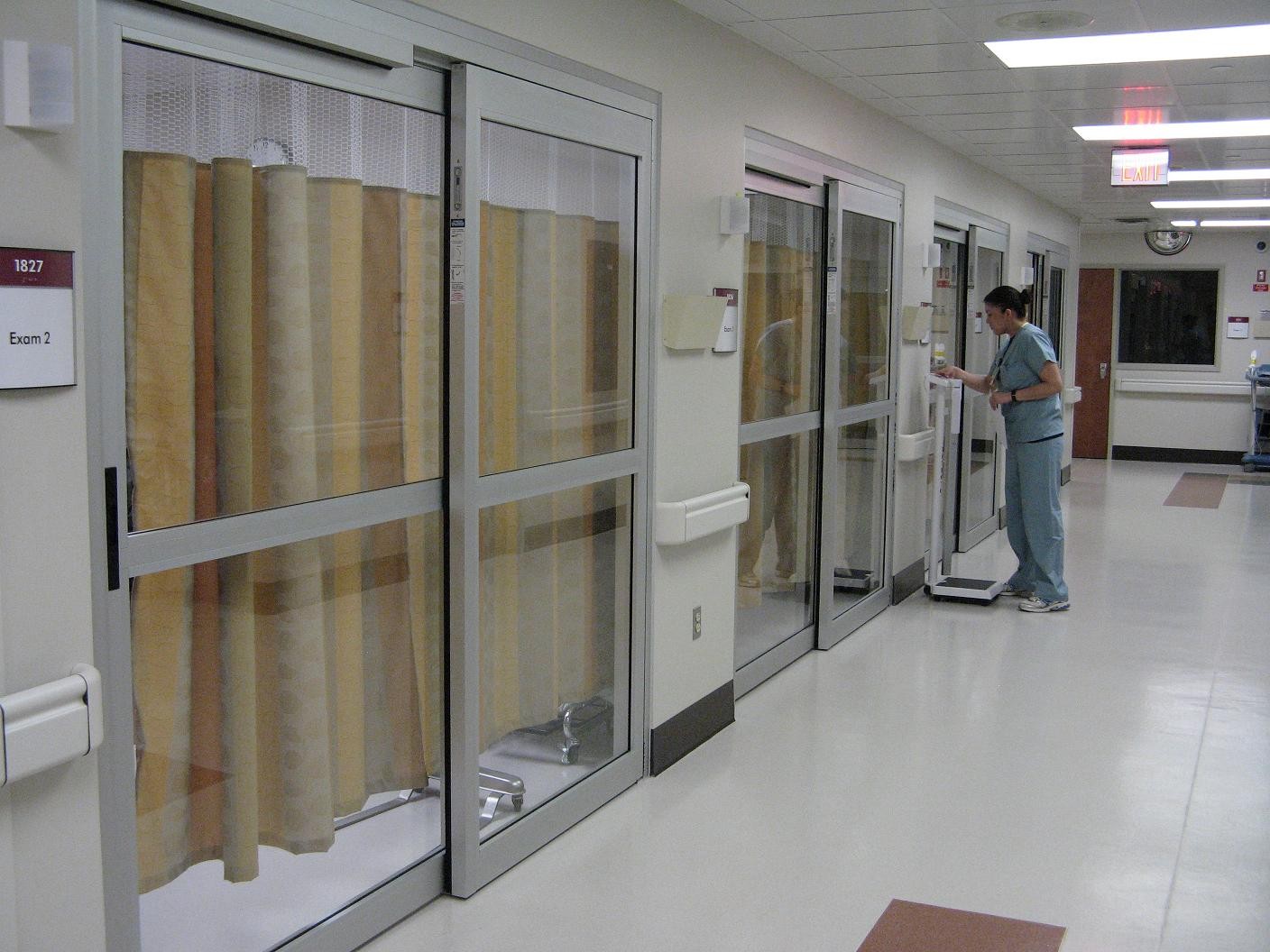
Social Sharing